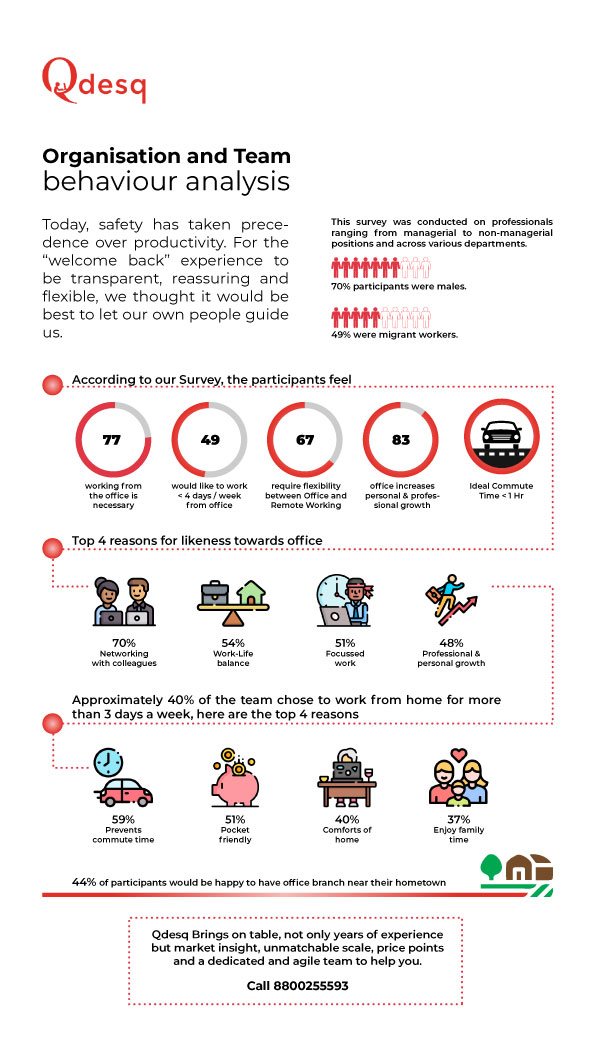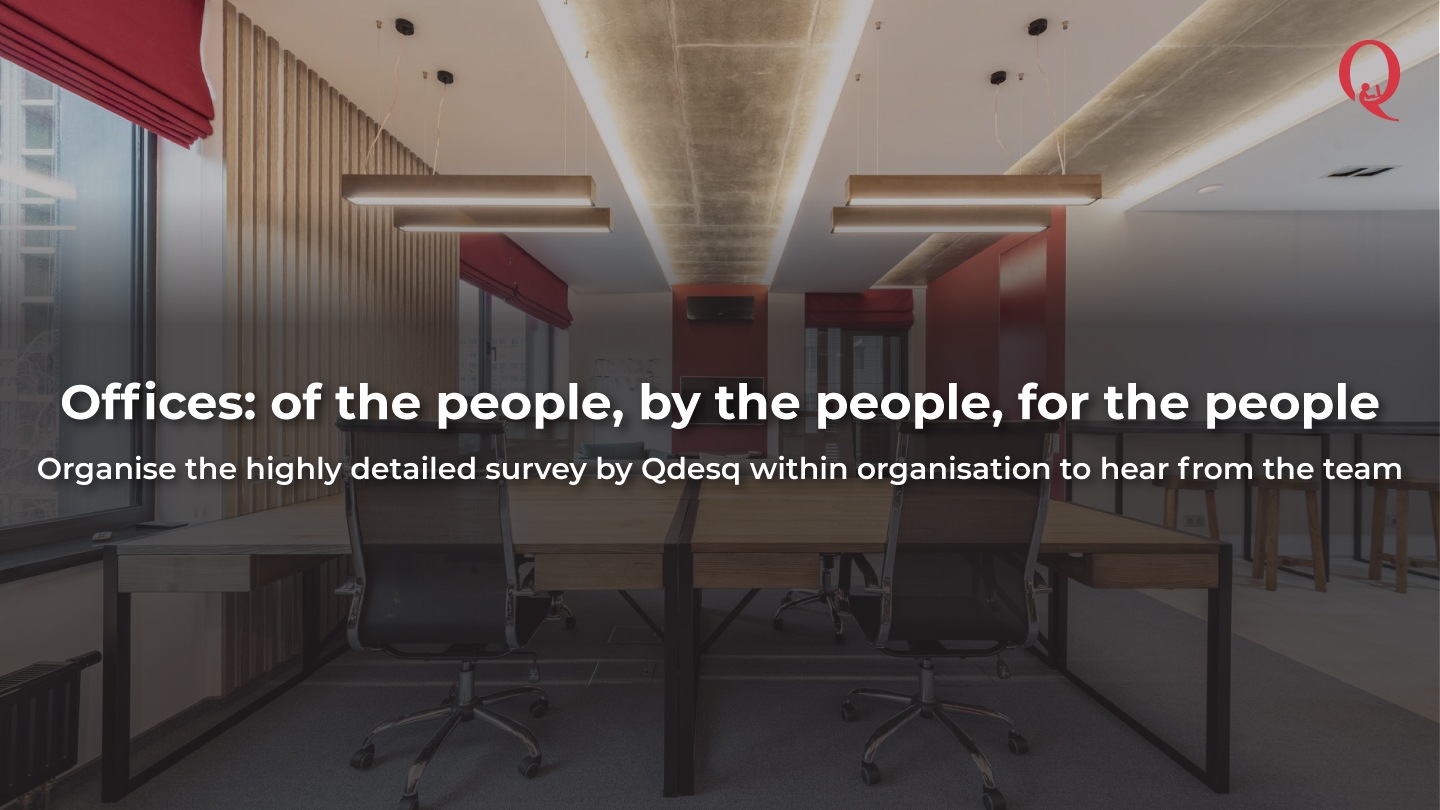Before the pandemic, offices were usually designed to keep productivity at the centre. But today, safety has taken precedence over productivity. Almost overnight, cubicles and cabins were replaced with bedrooms and dining tables as companies shut their offices and working from home became a forced trend.
By the mid of 2020, big companies like Twitter and Facebook announced complete freedom for their employees to work from home till whenever they want. Google may not have taken the ‘forever’ road yet, but it is highly likely that it would offer flexible working to its employees post-September 2021. Dropbox went a step ahead for its employees who need a physical workspace by offering them stipends to subscribe to coworking spaces.
While remote working may sound like a convenient option, it is still a very subjective concept and the preferences can vary from person to person. In such a scenario, it can be a daunting task to understand what works best for your team. For the “welcome back” experience to be transparent, reassuring, and flexible, we thought it would be best to let our own people guide us.
The ‘welcome-back’ initiative
Qdesq conducted a survey with numerous employees from different companies to hear them out and gather some instant actionable insights on which type of workplace solution is right for your business. The findings can be helpful for companies looking to pivot and bring changes in their policies and programs, shift to virtual events, increase flexibility, extend wellness offerings, etc.
Let us customize the survey for your organization. Drop us a line here, and we will email you to maintain your organization’s privacy

Some key highlights of the survey results were:
- 77% of the participants felt that office is necessary
- 24% of the respondents showed preference towards working from home 1-2 days/week
- For 67% of them it was important to have flexibility between the office and remote working
- 70% opted for the ideal commute time (to and fro) to be less than 1 hour
One of the reasons that stood out for huge preference towards work from office was “networking with colleagues”. While safety is their biggest concern, they miss the obvious benefits of a physical office like team connection, working towards a shared purpose, and celebrating shared wins together. This is followed by productivity-related factors like collaboration, social connection, and work-life separation.
For the rest who chose work from home, the topmost concern was “commute time”. With employees realizing the benefits of less or no commute to work, they are likely to want to sustain this benefit even after the pandemic is over.
More than half of the people in the data set feel that they are more relaxed and financially stronger while working from home. This particular finding evoked an important question for us- Can we do something to encourage this lot to come to the office?
The crucial part is to tackle the ‘demand’ of work style with the ‘supply’ of workspace. In a hybrid workplace, flexible work options enable some workers to continue working remotely while allowing others to either work in the office or shuttle between both.
Hybrid is the answer

The real productive work actually happens when the employees get the leeway to choose between the satellite model (remote working or coworking), work from home model, and the core office model with improved safety and design.
Hybrid workforce models are clearly advantageous because they drive worker protection and accommodate both physical and digital worlds. The hybrid approach can, therefore, define the post-pandemic workplace.
Qdesq Brings on table, not only years of experience but market insight, unmatchable scale, price points and a dedicated and agile team to help you. Call +91-9599870871 or visit https://www.qdesq.com/
While the need to bring in changes has been sudden and unpredicted, we’re excited to explore new ways of working, connecting, and cultivating success from anywhere and the spectrum of new possibilities that this culture brings with it.










